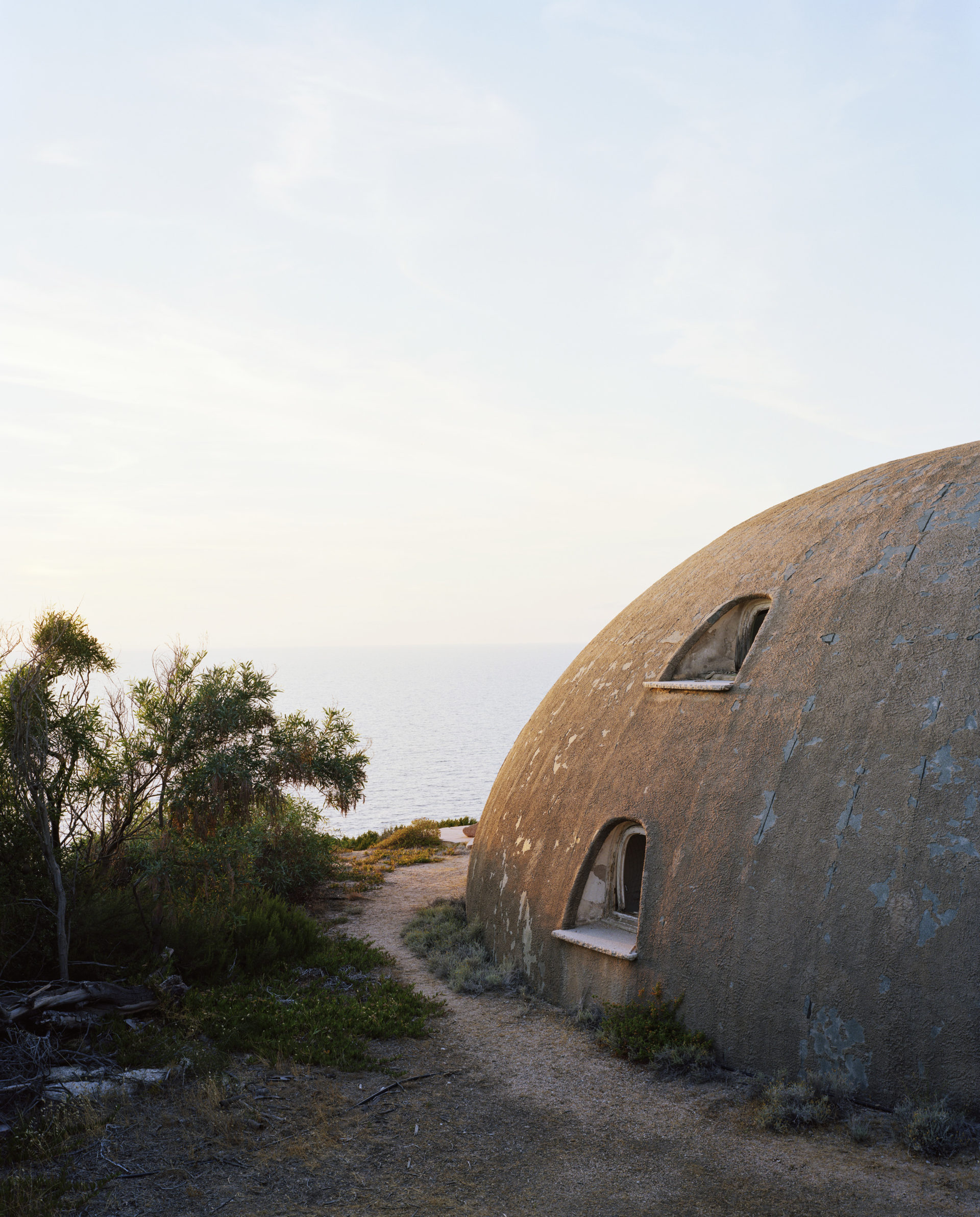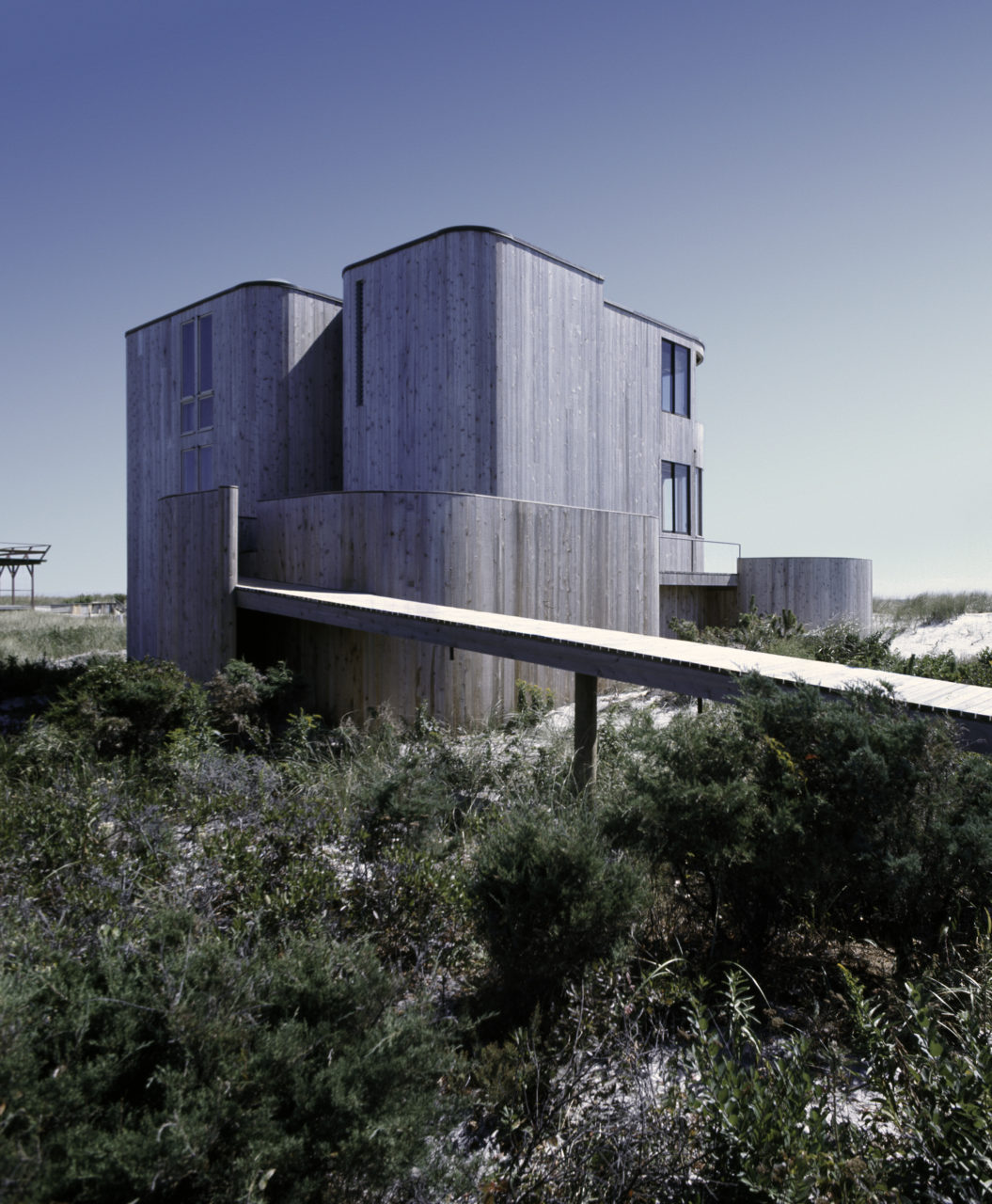Unlike old-money elites, who are more likely to adhere to long-established aesthetic traditions, self-made upstarts are often more accepting to changing styles. Hoping to become trendsetters, these parvenus often align themselves with other fledgling talents or those attempting to redefine their respective disciplines.
Though this transaction brings challenges, coming up in society together can be a great advantage. Putting trust in creatives who have yet to prove themselves can be risky. However, the ability to defend each other’s approach, pool resources, and share the limelight ensures that both parties achieve some form of success.
One has only to think of the emerging European industrial class in the late 19th century and its appropriation of the art nouveau style as a means to differentiate itself from the old guard, assert its new affluent position, and express its progressive values. In turn, this new societal group was able to offer support for a nascent architectural movement.
There is no better precedent for this exchange, especially since the early 20th century, than the relationships that have formed between celebrities and architects. Entertainment superstars have often called on their design counterparts to design homes that represent their wildest dreams. In many cases, architects are given carte blanche and limitless budgets. Such projects offer them the chance to flex their muscles and to express new styles or articulate new theories.
A recently-opened exhibition at the Villa Noailles in Hyères, France, seeks to better understand this particular phenomenon. Curated by Audrey Teichmann, Benjamin Lafore, and Sébastien Martinez Barat, Houses for Superstars L’architecture hypermédiatisée surveys this theme from different perspectives.

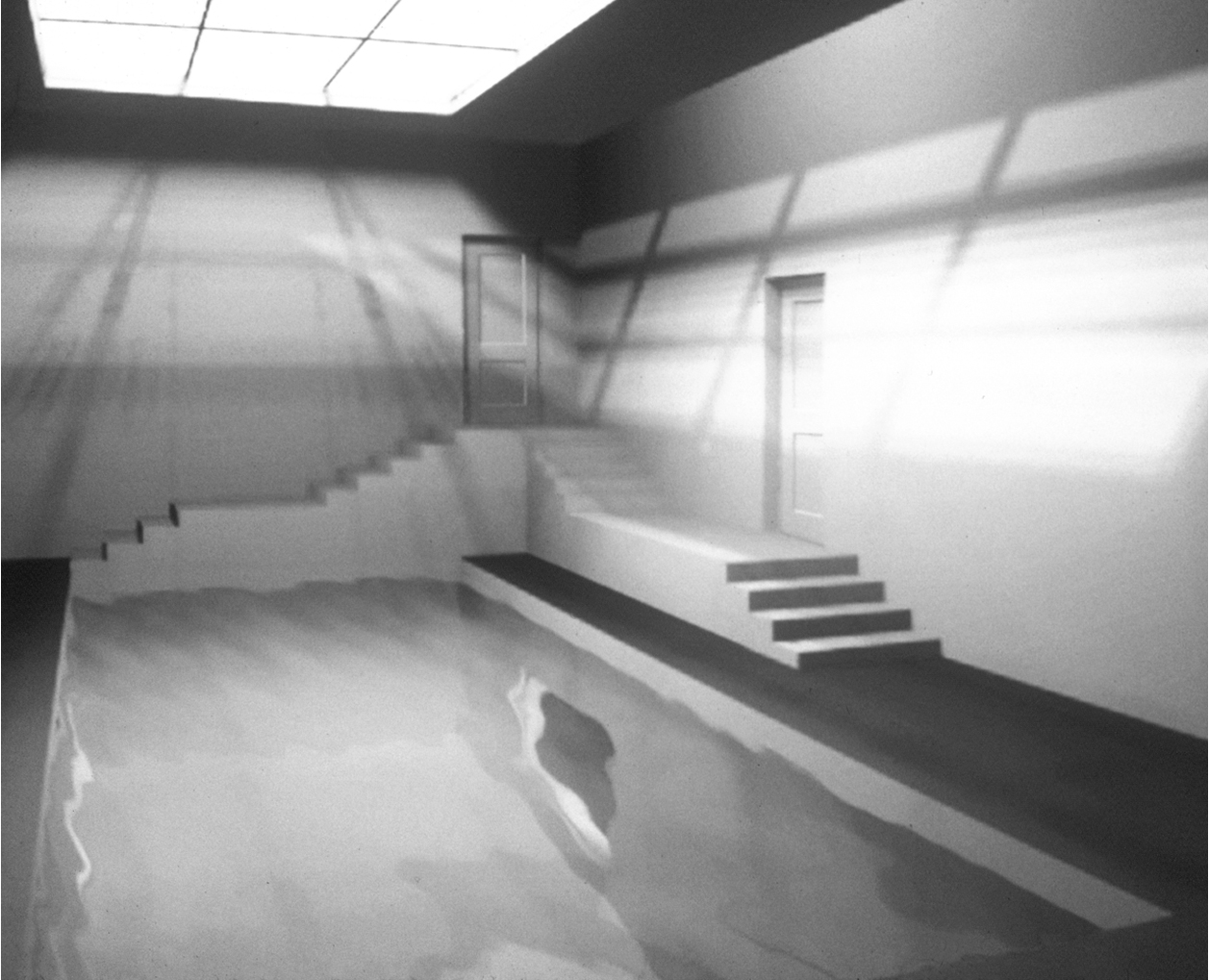
The exhibition is broken up into three sections. The first examines eight historic case studies in which celebrities collaborated with cutting-edge architects on the design of their homes. Creating emblematic realized and unrealized projects, these so-called “couples” include Adolf Loos and musician Josephine Baker; Barry Dierks and actress Maxine Elliott; Horace Gifford and fashion designer Calvin Klein; Luis de Garrido and model Naomi Campbell; Ora Ito and music group AIR; Rem Koolhaas and actor Vincent Gallo; and Philippe Starck and filmmaker Wim Wenders.
For the second part of the show, Villa Noailles commissioned photographers François Halard and Romain Courtemanche to reinterpret actress Monica Vitti and filmmaker Michelangelo Antonioni’s iconic La Cupola home, designed by Dante Bini in 1969.
The third builds on the international House for Superstars competition Japanese architect Arata Isokaki launched in 1976. That year, over three hundred entrants submitted speculative projects created for a celebrity of their picking. Brigitte Bardot, Raquel Welch, and David Bowie were popular choices. Austrian architect Hans Hollein submitted a series of mausoleum designs dedicated to Jesus, Cleopatra, Vladimir Lenin, and Aristotle Onassis.
For the current exhibition, Villa Noailles called on six emerging architects to question what a house for contemporary celebrities could be. Belgian practice ACCATTONE conceived an eco-friendly enclosure for climate activist Greta Thunberg while French architect Octave Perrault developed a new megamansion for American media personality Kylie Jenner in her hometown of Calabasas, California. These speculative propositions take a number of cultural and iconographic factors into consideration while trying to offer a better analysis of what the idea of celebrity means today.
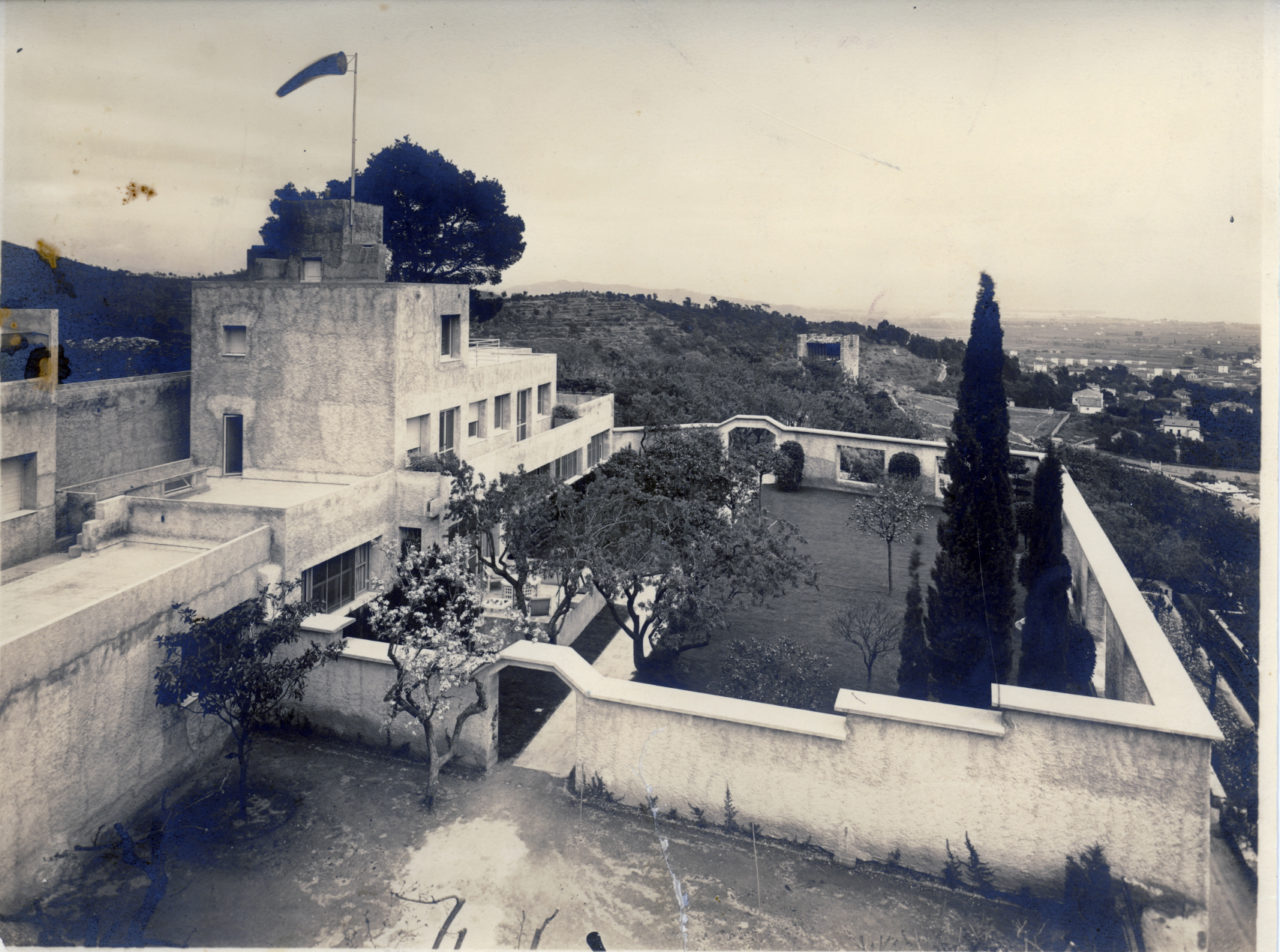
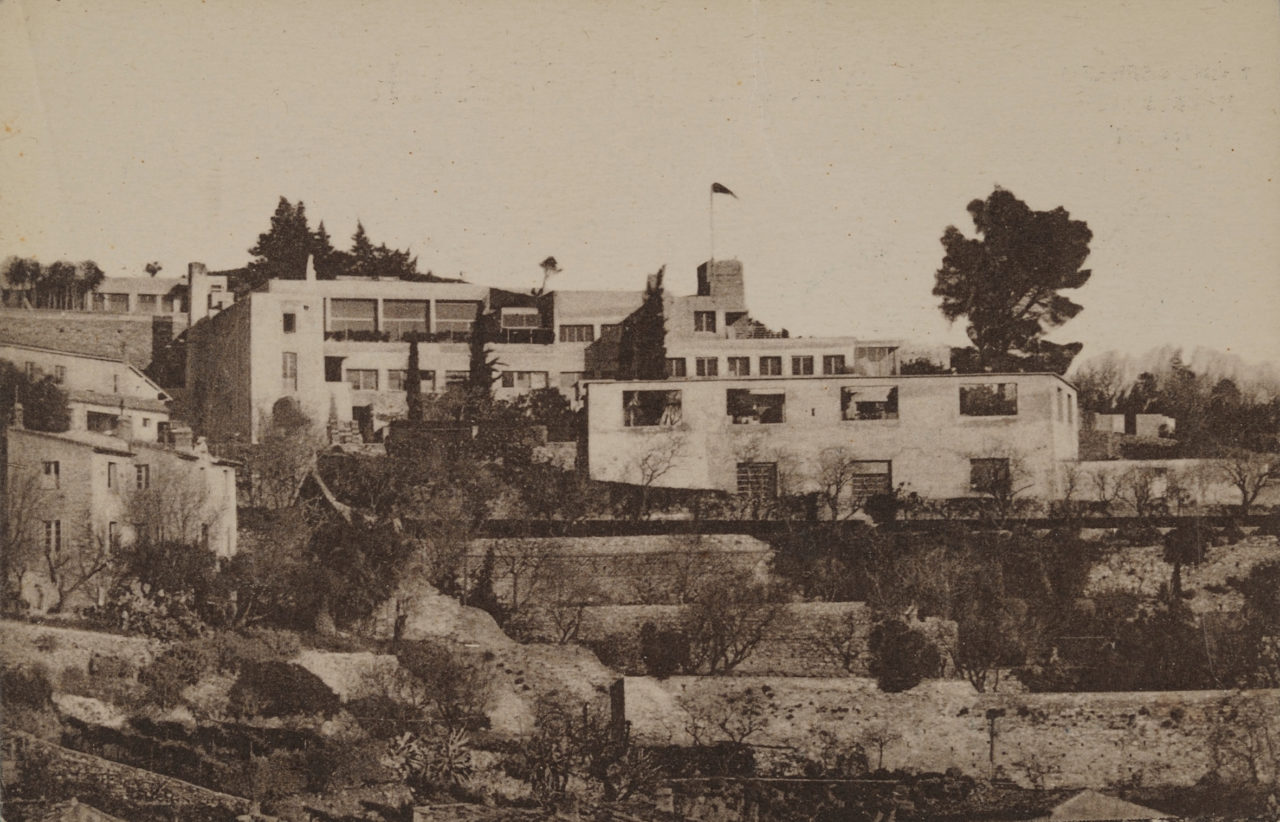
With this dynamic program taking center stage, it’s easy to forget that the Villa Noailles is itself a superstar home. Though it now serves as a museum hosting temporary exhibitions and design events, this stately home was commissioned by illustrious art patrons Charles and Marie-Laure de Noailles. Designed by French architect Robert Mallet-Stevens in 1927, the house stands as a beacon of early modernism.
Header image: Monica Vitti and Michelangelo Antonioni’s iconic La Cupola home in Sardinia by Dante Bini, 1969 (François Halard, 2019)
